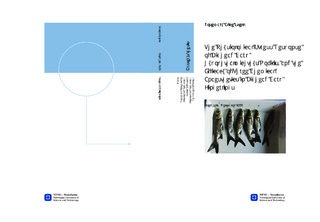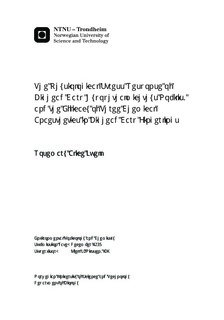| dc.description.abstract | By increasing the knowledge of physiological responses in different fish species and improving handling protocols by making them more species specific, one can potentially increase production in aquaculture. Bighead carp Hypophthalmichthys nobilis is central in Asian aquaculture, but knowledge regarding physiology, and lack of species specific protocol for anaesthetics are limited. Hence the choice of this species as study species.The present study examined the stress response in bighead carp by measuring plasma cortisol and glucose in fish after temporary water level reduction. High plasma cortisol (226 nmol-1) and glucose (3.4 mmol-1) levels in control fish, and lack of significant changes in in cortisol and glucose levels after exposure to a stressor indicate that control fish were stressed. This may be due to the fish not being fully acclimatized after the change in environment, thus, more than 24 hours of acclimatization is recommended for bighead carp. There is also a possibility that the anaesthetic MS-222 may have induced the stress response. Further studies must be conducted to determine the stress profile of bighead carp.One way to avoid handling related stress is to subject fish to temporary anaesthesia. Accordingly, efficacy of three anaesthetics, MS-222, Benzoak and Aqui-S, were evaluated for for bighead carp fingerlings. Induction time, recovery time, and tolerance to prolonged exposure were tested for each of the sedatives. The observations in this study show that of the tested anesthetic agents and concentrations, 75 mgL-1 MS-222 gave the most satisfactory results for bighead carp. Induction and recovery times were short, and there was a good safety margin. In rural areas of developing countries piscicidal plants are used for traditional ethnical fishing. Such plants may be of interest for aquaculture and fish management since they have known biological effects which can potentially have qualities for the development of future commercial use. A pilot study was conducted to observe piscicidal effects from the plant mauwa Engelhardia spicata, when applied in rivers (by local fishermen) and under controlled exposure in aquariums. The plant extract proved to be toxic to fish. The extract caused bleeding from the gills, which is most likely a non-reversible damage. Based upon this it is believed that the use of mauwa plant extracts for fishing in river systems may have detrimental ecological consequences. | nb_NO |

